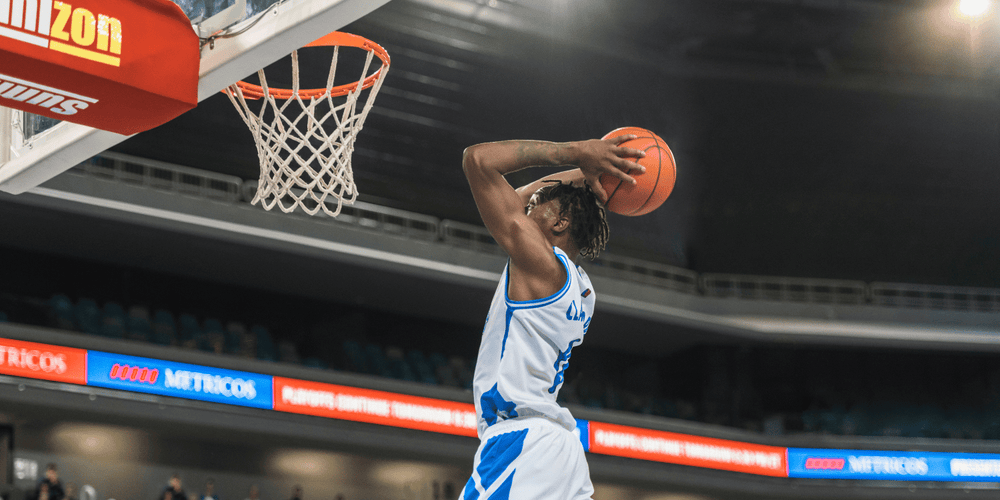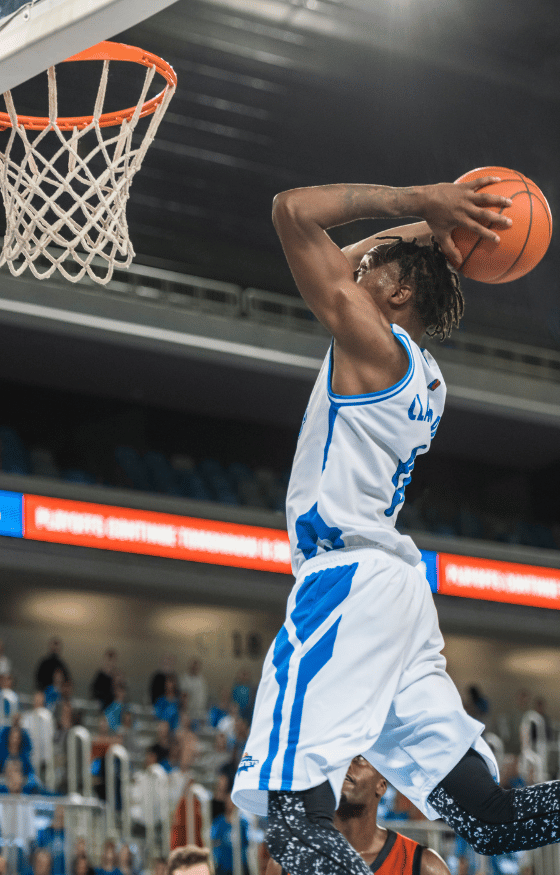Get 20% off 2 or more full priced Baxters or Wellbeing products! Add another full priced item below and a 20% discount will be applied to your overall order at checkout. That's right, 20% OFF your order!
Choose a category


Red Light Therapy for Recovery
12.04.23
In the relentless pursuit of athletic excellence, athletes often push their bodies to the limit, subjecting themselves to intense physical exertion and the risk of injury. Whether it's a professional athlete striving for championship glory or a fitness enthusiast aiming to surpass personal milestones, the ability to recover effectively from exercise-induced stress and sports-related injuries is crucial for sustained performance and long-term well-being. In recent years, red light therapy has garnered attention as a versatile and effective modality for enhancing recovery and alleviating pain associated with athletic endeavors. By harnessing the power of specific wavelengths of light, red light therapy offers athletes a non-invasive and drug-free approach to optimizing their recovery process.
1. Enhanced Cellular Function:
At the core of red light therapy's effectiveness lies its ability to stimulate cellular processes essential for tissue repair and regeneration. By targeting mitochondria, the energy powerhouses of cells, red light therapy promotes an increase in adenosine triphosphate (ATP) production, facilitating the energy-intensive processes involved in recovery. This heightened metabolic activity not only accelerates the repair of damaged tissues but also enhances cellular resilience, enabling athletes to bounce back more efficiently from the rigours of training and competition.[1].
2. Promotion of Collagen Synthesis:
Collagen, the most abundant protein in the body, plays a critical role in maintaining the structural integrity of connective tissues such as tendons, ligaments, and cartilage. Red light therapy has been shown to stimulate the synthesis of collagen, aiding in the repair of microtears and promoting the remodeling of injured tissues. This collagen-building effect is particularly beneficial for athletes recovering from overuse injuries or repetitive strain, as it strengthens the structural framework supporting their joints and muscles, reducing the risk of re-injury [2].
3. Modulation of Inflammation:
While inflammation is a natural and necessary response to tissue injury, excessive or prolonged inflammation can impede the healing process and prolong recovery time. Red light therapy exerts anti-inflammatory effects by modulating the activity of key mediators involved in the inflammatory cascade. By suppressing pro-inflammatory cytokines and promoting the release of anti-inflammatory signalling molecules, red light therapy helps restore the delicate balance of inflammation, facilitating a smoother and more efficient recovery process for athletes.[3].
4. Pain Alleviation:
Pain is not only a physical sensation but also a psychological barrier that can hinder athletic performance and impede recovery progress. Red light therapy offers effective pain relief by activating endogenous opioid receptors, triggering the release of endorphins and other neurotransmitters that inhibit the transmission of pain signals. Additionally, red light therapy has been shown to desensitise nociceptors, the pain-sensing nerve endings, reducing the perception of pain and promoting a greater sense of comfort and well-being during the recovery phase. [4].
5. Real-World Examples:
The efficacy of red light therapy in the realm of sports recovery is perhaps best illustrated through real-world examples of athletes who have embraced this innovative modality. Elite athletes such as LeBron James, who famously integrated red light therapy into his recovery routine during the NBA playoffs, attest to its ability to accelerate healing and minimise downtime between games. Similarly, professional soccer player Cristiano Ronaldo has been known to utilise red light therapy to recover from muscle injuries and maintain his peak physical condition throughout the gruelling soccer season. Moreover, Olympic swimmer Michael Phelps relied on red light therapy to alleviate muscle soreness and enhance recovery during his rigorous training regimen, culminating in record-breaking performances at the Olympic Games.
Scientific sources and references
[1] - Ferraresi, C., Hamblin, M. R., & Parizotto, N. A. (2012). Low-level laser (light) therapy (LLLT) on muscle tissue: performance, fatigue and repair benefited by the power of light. Photonics & Lasers in Medicine, 1(4), 267-286.
[2] - Zecha, J. A., Raber-Durlacher, J. E., Nair, R. G., Epstein, J. B., Elad, S., Hamblin, M. R., ... & Bensadoun, R. J. (2016). Low-level laser therapy/photobiomodulation in the management of side effects of chemoradiation therapy in head and neck cancer: part 2: proposed applications and treatment protocols. Supportive Care in Cancer, 24(6), 2793-2805.
[3] - Bjordal, J. M., Johnson, M. I., Iversen, V., Aimbire, F., & Lopes-Martins, R. A. B. (2006). Low-level laser therapy in acute pain: a systematic review of possible mechanisms of action and clinical effects in randomized placebo-controlled trials. Photomedicine and Laser Surgery, 24(2), 158-168.
[4] - King, C. E., Fullerton, A. M., & Garbutt, G. (2018). Efficacy of light therapy on nonseasonal depression among elderly adults: A systematic review. Innovations in Aging, 2(1), igy002.

